Winners of Capture the Dark 2025 Photo Contest Show Why Dark Skies Are Worth Protecting
![]()
DarkSky International announced the winners of its fifth annual Capture the Dark photography contest. Winners across eight main categories showcase the best in astrophotography and demonstrate why it is vital to protect dark skies worldwide.
The 2025 DarkSky Capture the Dark photo competition features eight main categories: Capture the Dark, International Dark Sky Places, Dark Sky Friendly Lighting and Design, The Impact of Light Pollution, Creatures of the Night (flora and fauna), Deep Sky Observations, Mobile Nighttime Photography, and Young Astrophotographers.
Capture the Dark
JJ Rao’s winning image, “The Watchers,” shows rare red sprites dancing in the night sky over tidal flats in Western Australia.
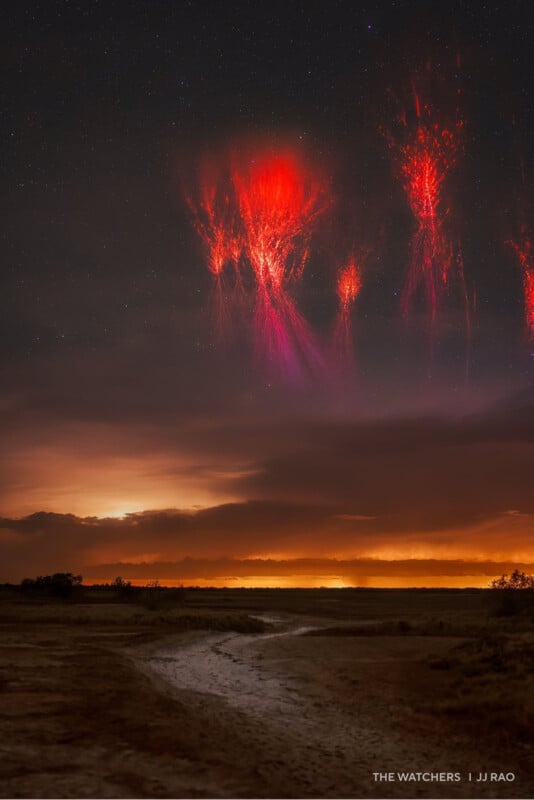
“A large sprite like this exists for 10 milliseconds, up to 40x faster than an eye blink. This makes photographing them challenging and requires very dark skies,” explains the photographer, Rao. “The central sprite is unusual. It’s known as a ‘jellyfish’ sprite, the largest and fastest of all sprites.”
International Dark Sky Places
“Starlight Highway” by Tom Rae took top honors in the International Dark Sky Places category. This fantastic shot shows the iconic “Starlight Highway” sign that welcomes visitors to the Aoraki Mackenzie International Dark Sky Reserve, which Rae describes as “one of the most significant dark sky reserves on Earth.”
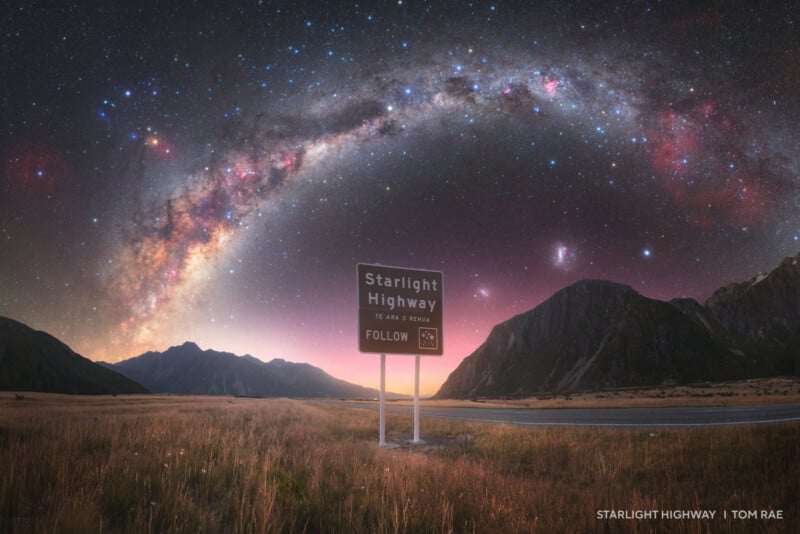
Dark Sky Friendly Lighting and Design
While Paris is known as the “City of Lights,” photographer Gwenael Blanck notes that after midnight, many of the city’s iconic, illuminated landmarks shut off to conserve energy and reduce light pollution. Blanck took full advantage of this to capture this wonderful night photo of Paris.
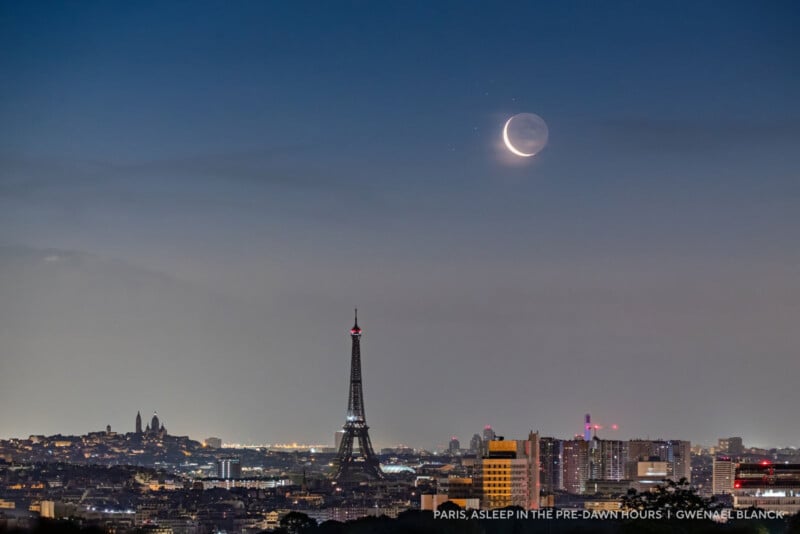
The Impact of Light Pollution
Ambre de l’AIPe’s winning photo, “Requiem for a Dream,” shows how significant light pollution can affect iconic French landscapes. This image from the northern Alps in France shows the lights shining up from the town of Chamonix, illuminating the mountain summit.
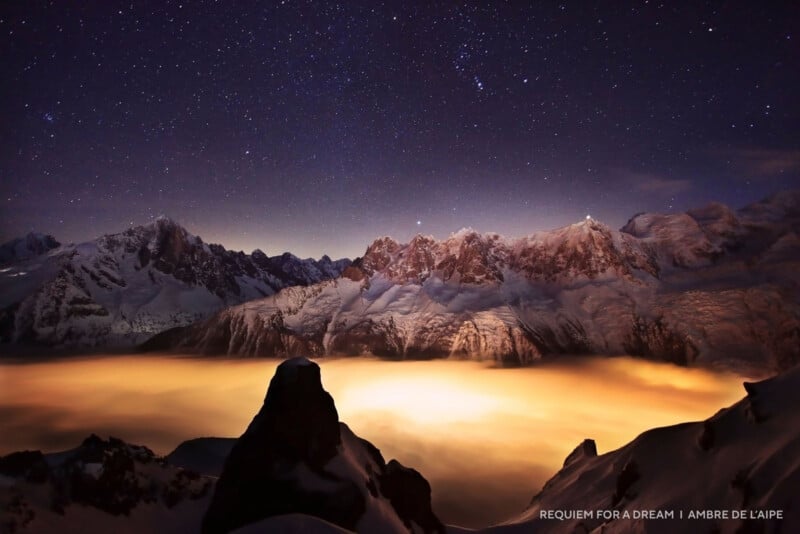
Creatures of the Night
Oscar Leonardo Chavez Torres’ nighttime portrait of a scorpion shows psychedelic colors, the Milky Way, and defocused stars in Mexico.
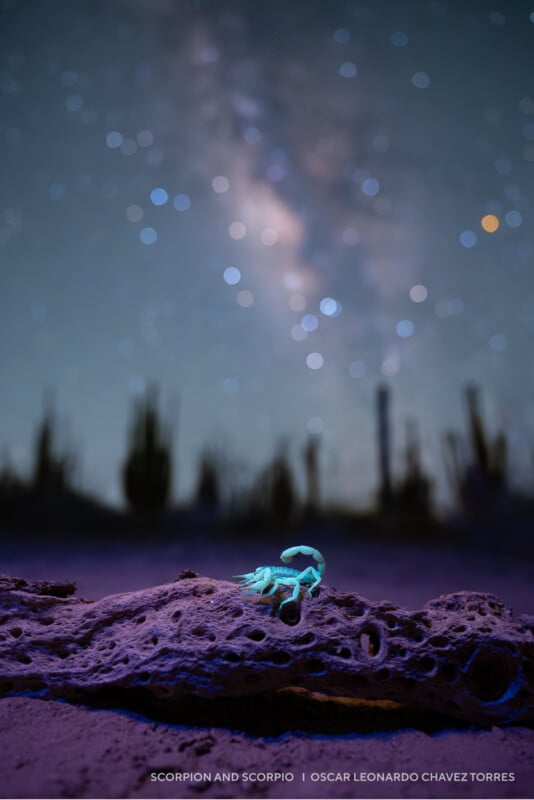
“Scorpions use the darkness to hunt in the desert, these organisms thrive in the dark nights of the desert, and even the moon can be enough light to drop their activity,” Torres explains.
Deep Sky Observations
“This is the most breathtaking nebula I’ve ever captured. The Vela Supernova Remnant is a target that no astrophotographer should miss in a lifetime. A four-panel mosaic covers the primary emission signals of the nebula. The OIII outer shell wraps around the ionized Ha and SII, forming a complex, layered structure that is beyond words,” says photographer Alpha Zhang of his award-winning image, “Breathing Vela Supernova Remnant Mosaic.”
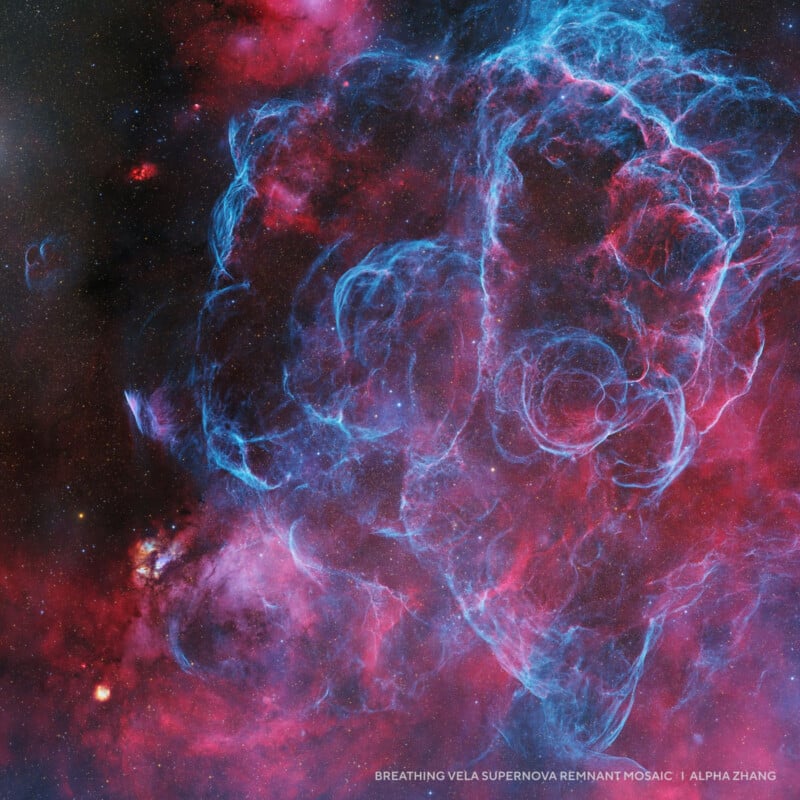
The astrophotographer exposed for 109 total hours to capture this brilliant deep space scene.
Mobile Nighttime Photography
Sadeq Hayati captured this colorful aurora nightscape in Iceland using his Samsung Galaxy S23 Ultra. Smartphone camera technology has sure come a long way in recent years.
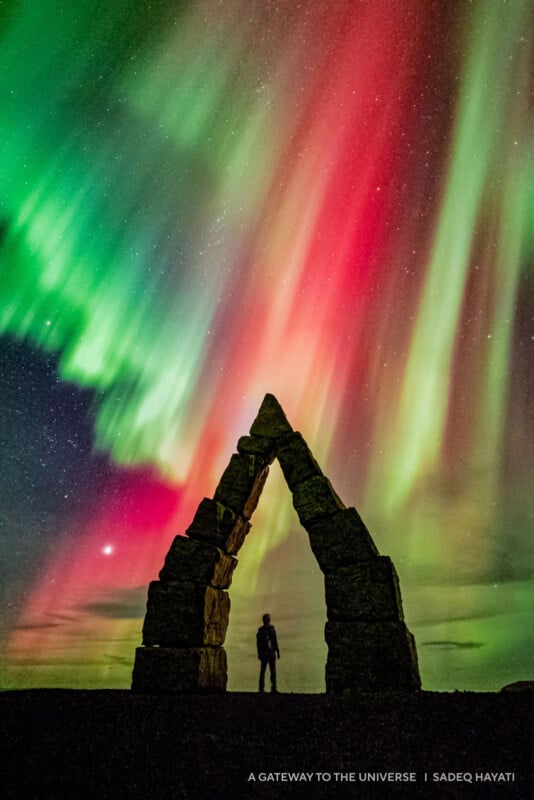
Young Astrophotographers
Budding photographer Oldřich Špůrek captured this love panoramic scene in Jizerka, Czech Republic, using a modified Canon 6D DSLR and Sigma 35mm f/1.4 prime lens.
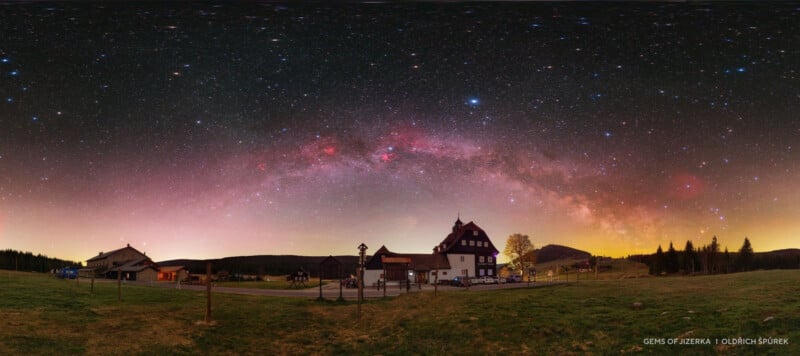
More From Capture the Dark
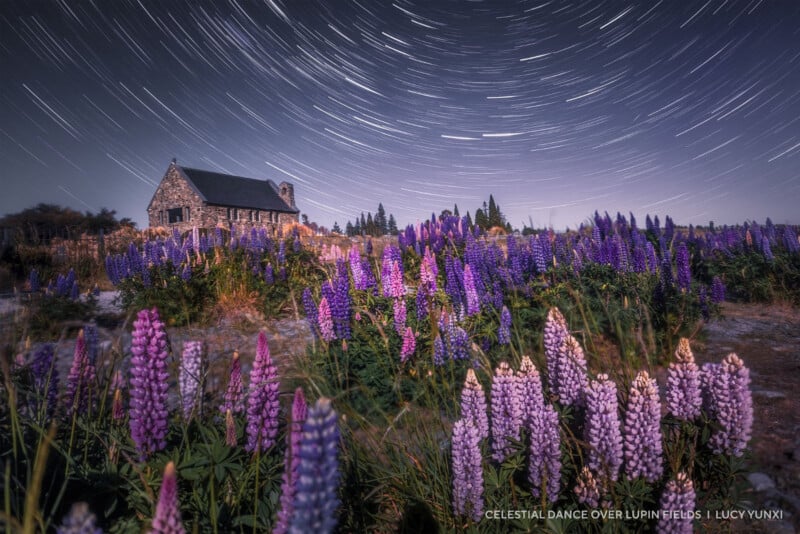
The top three photos from each category, plus the special category winners, are available on the DarkSky.org website.
Image credits: DarkSky.org, 2025 Capture the Dark Photo Contest. All photographers are credited in the individual image captions.